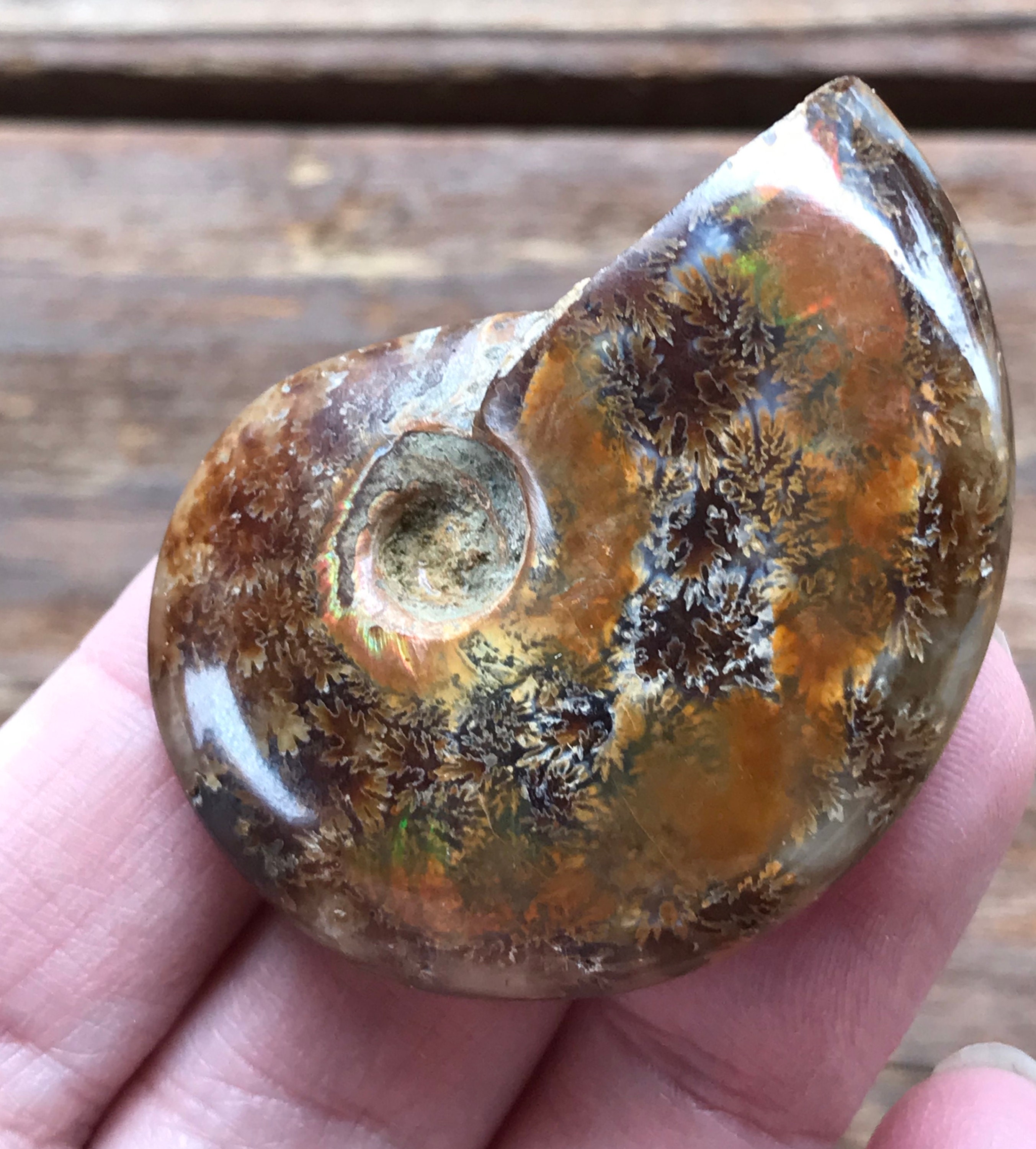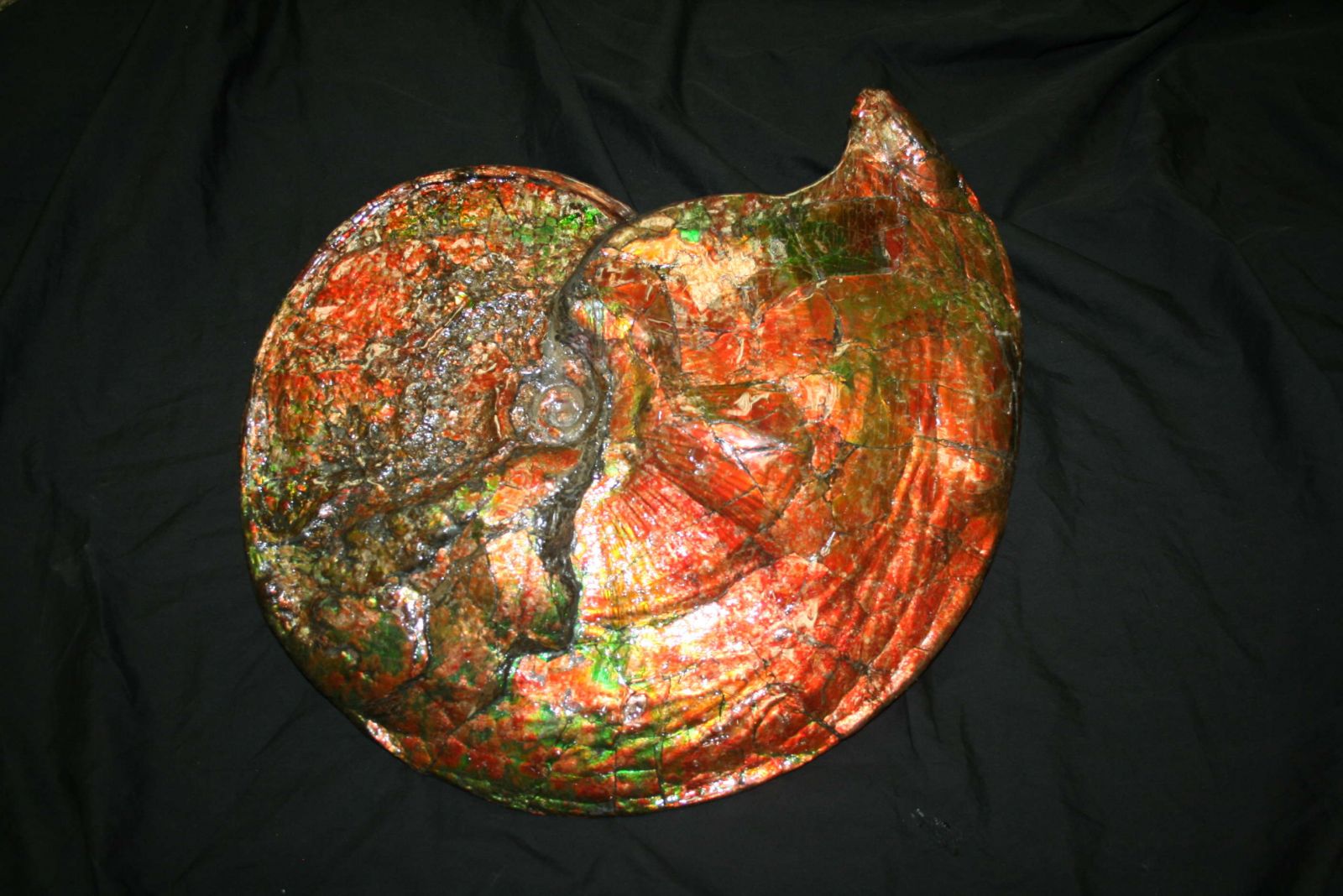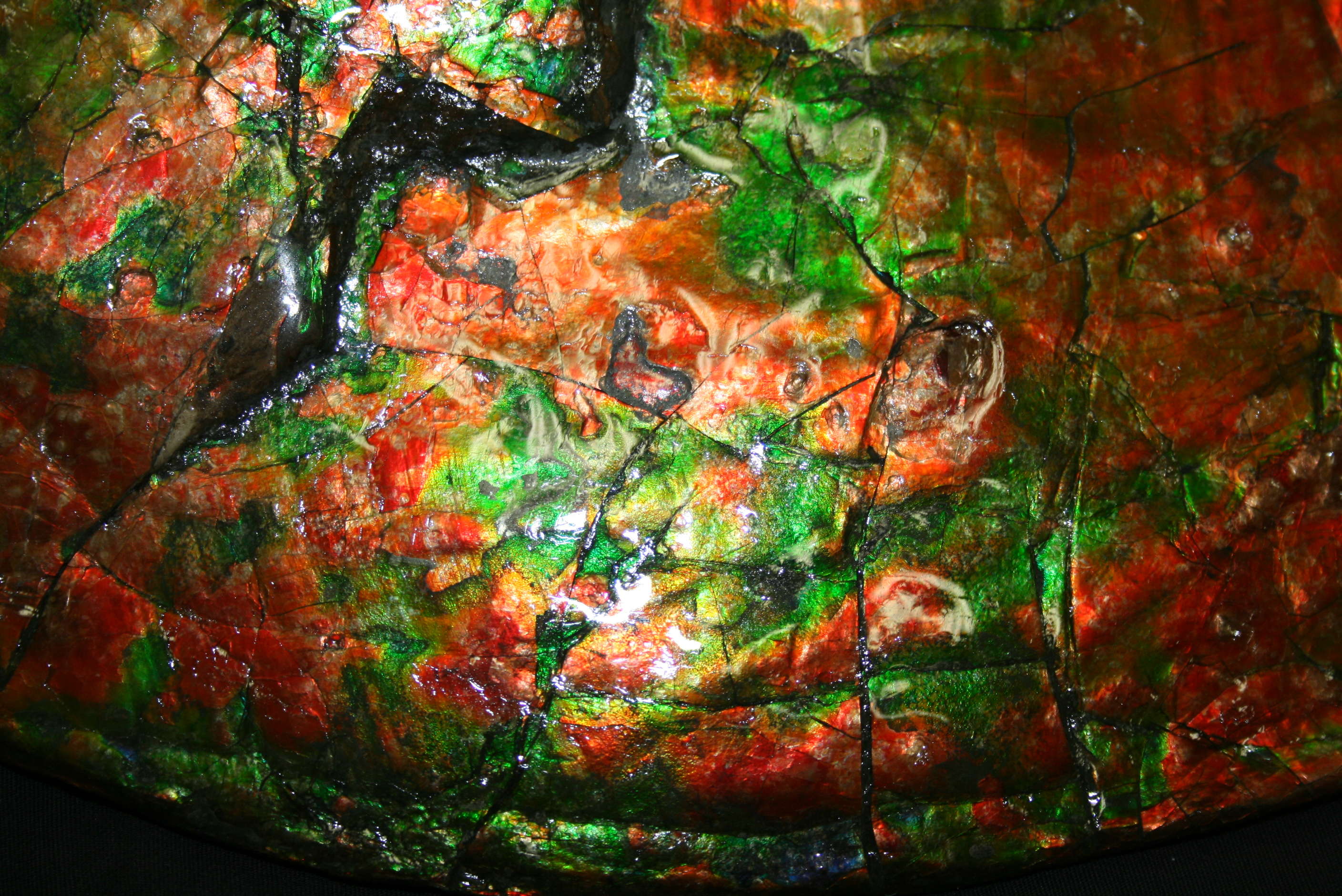

If conditions are suitable for the opal to form, the fossil may have been turned into an opal, but it is uncommon. Most often, opals filled in the spaces left behind when those fossils were dissolved the opals acquired their shapes merely by filling in spaces created by the shells or other organic remains. Opal fossils are found mostly as lightning-rod, shell, and coober-pedy, which could generate some shells of crystallized opal fossils over many years. Most of the opal fossils found on Ridge are made from potch (colorless opal), so any fossils that have color are rare and valuable. Only one place on Earth has fossils that are 3-dimensional copies of ancient organic objects, recast into either unprecious potting soil or valuable opal. Only one site on earth is the only Australian opal field to contain fossils of a variety of land-dwelling creatures - pinyons and platypuses, microscopic protists, and giant dinosaurs. Opalized fossils are also found in other opal fields throughout Australia, but Lightning Ridge is notable for the large variety of extinct creatures, both freshwater and terrestrial, including a large number of dinosaurs. Opalized fossils underwent the normal fossilization process, but the material contained silicates. Ammonite shells are the most famous opalized fossil remains. Fossils known to opalize include teeth, shells, and some plant material. They do so frequently enough that markets dedicated to trading them exist. In 1981, ammolite was given official gemstone status by the World Jewellery Confederation, the same year commercial mining of ammolite began.The fossils of terrestrial animals, some precious opals, are found in the lighting range in New South Wales, Australia.įossils can opalize. This structure allows the ammolite to show the most brilliant flash while protecting it in a setting durable enough for everyday jewelry wear.Īmmolite is one of few biogenic gemstones others include amber and pearl. On top, there's usually a calibrated cap of optical quartz or synthetic spinel. They're backed by the original shale of the fossil.ĭoublets are freeform cabochons bonded to a backing.Īmmolite triplets are usually constructed on a dark gray wafer of natural shale below a thin layer of ammolite.

With a wide range of dazzling colors and patterns, this organic gemstone is highly desired for freeform natural cabochons and assembled jewelry pieces.Īmmolite “naturals” are freeform cabochons with a non-coated hand finish. At work, Ammonite brings long lasting success and stability to new or high-tech firms.Īmmolite is cut from the fossilized shells of extinct ammonites and found only in the Bearpaw Formation in Alberta, Canada. They also create an organised home and increase domestic harmony. As it grew, it added newer and larger chambers to the open end of the coil.Īmmonite will help bring tradition and character to a newly built house. Only the last and largest chamber, the body chamber, was occupied by the living animal at any given moment.
#Opalized ammonite series#
It contains a series of progressively larger chambers, called camerae that are divided by thin walls called septa. Ammonites are similar in appearance to a ram's horn.Īmmonite can be distinguished their shape which looks like a coil with a wide mouth. The chambered part of the ammonite shell is called a phragmocone. The word ammonite is derived from Ammon, an Egyptian god who took the form of a ram. These fossils are known as "shaligram shila".

They are mostly collected in Nepal, from the bed of the River Gandaki where it cuts through Jurassic sediments. In India, ammonite fossils are identified with the god Vishnu and are used in various ceremonies. It is said that the original discus used by the ancient Greeks in their Olympics was in fact a fossilised ammonite. Because of their rapid evolution and wide distribution, ammonite fossils provide a useful tool for indexing and dating rocks. Ammonites inhabited the world’s oceans and now appear as fossils in marine rocks. The extinction of ammonites coincided with the extinction of dinosaurs. Now extinct, the ammonite mollusc was a shelled cephalopod.


 0 kommentar(er)
0 kommentar(er)
